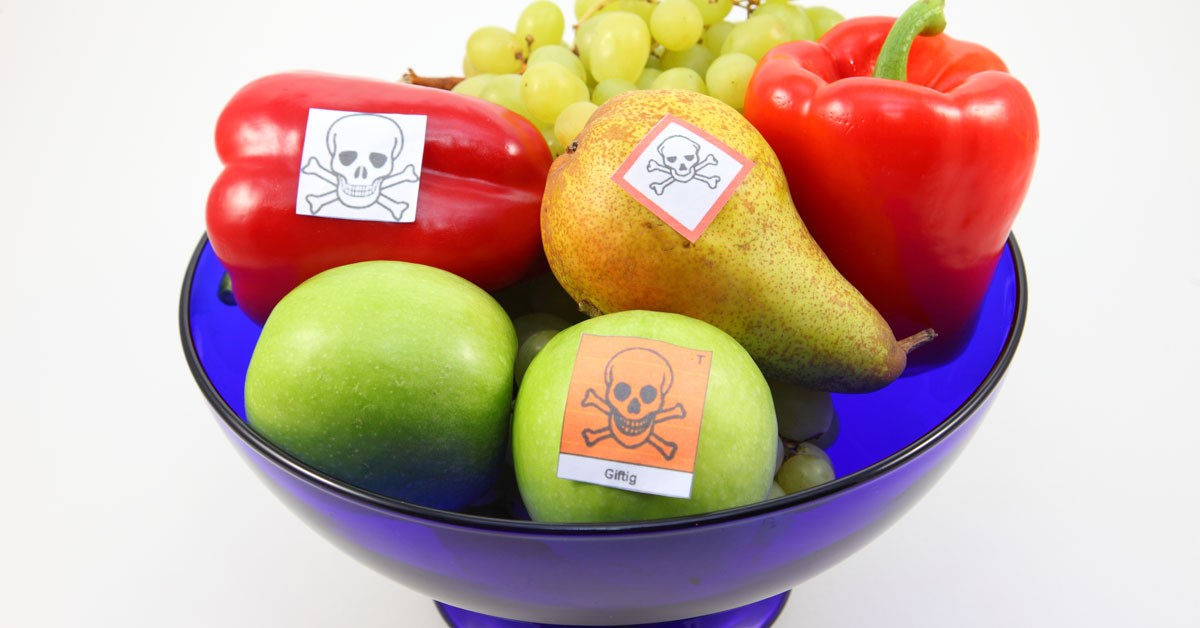
New scientific commentary explains reforms needed to protect public health
Concrete steps to improve pesticide regulation are proposed in a new open-access commentary, “Novel strategies and new tools to curtail the health effects of pesticides”, published on August 3, 2021 in the peer-reviewed journal Environmental Health.
The authors include Dr Charles Benbrook, Dr Michael Antoniou, and Dr Robin Mesnage, whom GMWatch readers will know from their public interest work on GM crops and pesticides such as glyphosate.
The recommended steps towards reform are as follows.
1. End industry testing of its own products
Most of the foundational studies supporting pesticide risk assessments should be carried out by scientists not working for, or aligned with, pesticide manufacturers. This vital work should be funded through grants to universities and public research institutions and paid for via pesticide registration fees.
The new commentary explains why this simple, common sense change is badly needed.
2. Test and assess pesticide formulations as sold and used
People are exposed to formulated pesticide products, with many ingredients, yet most of the toxicology data supporting occupational risk assessments are derived from studies on isolated "active ingredients". Laws and policies prohibiting the disclosure of the surfactants and other “inert ingredients” in formulated pesticides, and their concentrations, should be changed in the interest of public health.
3. Measure real-world exposures to pesticides (including mixtures)
Accurate estimates of real-world exposures are vital — especially as overall pesticide reliance is rising and big changes are occurring quickly in the mix of pesticides people are exposed to. It is well established that mixtures of pesticides can have toxic effects when the same pesticides tested individually appear to be safe.
The only way to assure accurate, timely estimates of human exposures is to measure pesticide levels in people – which only governments have the resources to do systematically.
4. Use up-to-date science
For years regulators and the pesticide industry have highlighted the need for deeper understanding of the mechanisms through which exposures to pesticides can trigger adverse health outcomes. Now that science is doing just that, regulators are reluctant to draw upon cutting-edge research in identifying high-risk pesticide uses. Meanwhile, the pesticide industry argues new research methods focusing on mechanisms at the biochemical and genetic levels are not ready to support regulatory decision making.
This bias against new science must end. The commentary explains why, and offers pragmatic steps regulators can implement now.
5. Integrate knowledge from multiple disciplines
The flagship project The Heartland Study seeks to understand the impact of rising herbicide exposure on pregnant women and their babies living in the Midwestern US.
There is a pressing need for pesticide risk-assessment science to integrate scientific information and tools from multiple disciplines.
Genomic research, in particular, is rapidly advancing our knowledge of how damage occurs. New approaches are deepening understanding that prenatal pesticide exposures can disrupt foetal development and impair newborn intelligence, and/or disrupt behaviour, and/or increase the risk of ADHD or autism. Advances in epidemiology can be accelerated through direct measures of exposure in people, as the The Heartland Study is conducting, coupled with identification of new markers of disease from genomics research, such as the work the Heartland Health Research Alliance is supporting at King’s College, London.
The authors conclude in their paper, "The surest path to achieve significant and sustained reductions in the adverse impacts of pesticides is reducing their overall use. Doing so will require more investment in public and private research and technical support for farmers."
Reforms needed in the EU and US contexts
Many of the reforms recommended in the new paper – including ending industry testing of its own products and testing formulations rather than isolated "active ingredients" – have been proposed for many years by GMWatch and other NGOs. These reforms are described within a European Union context in a peer-reviewed paper authored by policy and law experts together with scientists.
Titled, "Achieving a high level of protection from pesticides in Europe: Problems with the current risk assessment procedure and solutions", the paper was published in 2020 in the European Journal of Risk Regulation. Authors include GMWatch editor Claire Robinson and scientists Prof Christopher J. Portier and Dr Robin Mesnage.
Back in 2017 Dr Ramon Seidler, a former US EPA scientist, also recommended in an article for GMWatch that industry must not continue to be allowed to test and assess its own pesticide products. Instead, he said, regulators and government or academic scientists should conduct and study chemical safety parameters and report the independent results to industry.










